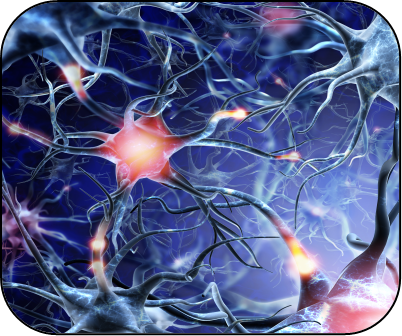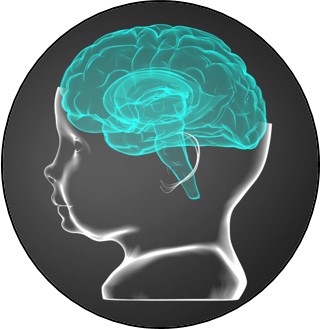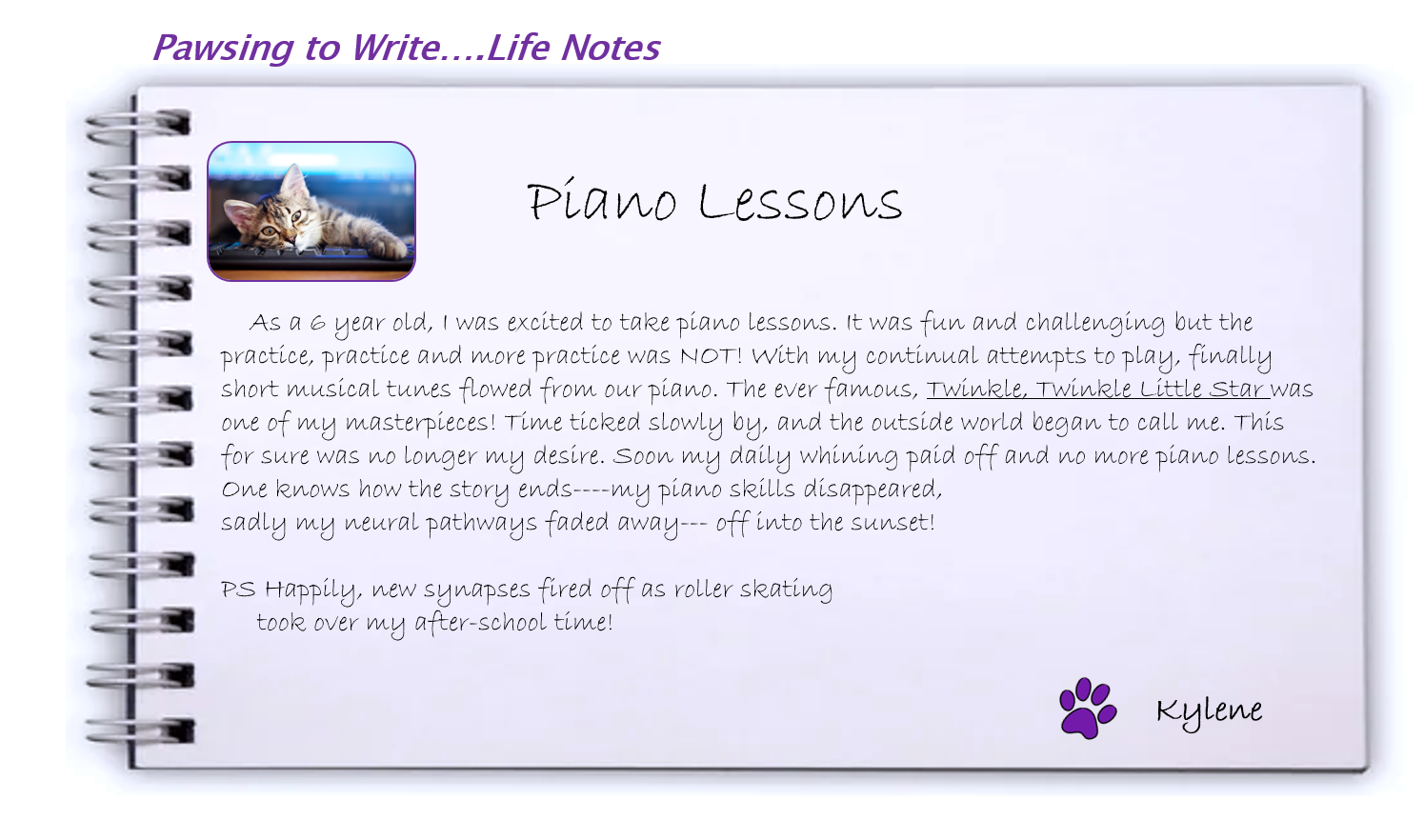Neuron NETWORKS
Neurons are not loners, no they must always be chatting away to other neurons. Their synapses firing together create an extensive communication network, these pathways in the central nervous system are responsible for the functions of the brain. Billions of neurons are talking together as they send and receive messages throughout the body daily. The actual number of synapses is said to be in the trillions—or MORE! That does make one stop and think! Oops, just fired off more synapses!
Infants have 100 billion neurons available, but the messaging pathways are in need of development. Each newborn fires about 2,500 synapses per neuron, at age 3 it’s up to nearly 15,000 synapses per neuron firing away. That’s an enormous difference and it’s why this time is so important!
What happened during those early years? The brain expands both in size and capabilities. When a baby bursts into the world its brain size is only 25% of that of an adults. By the third year the brain has increased its size to 80%, the physical shape and weight of the brain is nearly complete by age
five at 92%.








